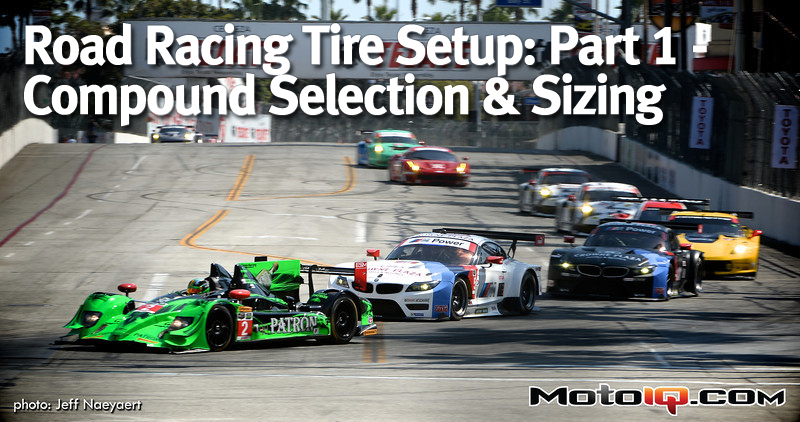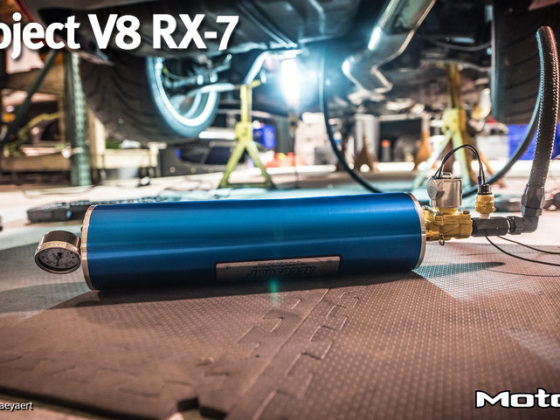,

Now that you’ve selected your tire and compound, you’ll probably notice that it’s available in an absolutely dizzying array of sizes. Before just throwing the widest meat on your car and calling it quits, there are a number of factors to consider. First and foremost is the class you run in. Many race classes, like the MPTCC, limit the width of tire you can run (some limit to the exact size as well, but most of those also limit the tire itself, making this guide useless to you). Generally speaking, you want to run the widest tire you can, but there are a number of limiting factors to consider before just jumping on it: available space, wheel size, vehicle weight, gearing, driving style and ability to absorb heat.

First and foremost is available space. While Project G20 would look absolutely awesome if we threw some 335mm steam rollers under it, the car’s whacky multi-link front, McStrut rear and early 90s Japanese econo-luxury-box fenders mean this is a pipe dream. Since tires flex during cornering, you’ll want to make sure there is more than 5mm (absolute minimum) of space, and it would be a good idea to remove the springs and test clearance throughout travel and likely wheel positions if you’re close. Increasing wheel offset will help with clearance from suspension parts, but this will push them into the fenders. Luckily, “adjusting” the fenders is fairly easy. Keep in mind that increased offset means increased scrub radius, which will exacerbate torque steer on FWD cars and can be detrimental to handling.

The next thing to consider when determining tire width is the wheels you’re running. For a thorough rundown of tire sizing to wheel width, our own Billy Johnson spent quite a bit of time explaining why you want to match the wheel and tire width together in his How To Properly Select and Size Tires for Performance article. Generally speaking, running a wheel slightly wider than your tire will help a little with overall grip and steering feel, but clearance must be considered when using wheels wider than the tires. In addition, if you are currently running a 10” tire on an 8” wheel and switch to a 10” wheel, keep in mind that the tire’s overall diameter will increase slightly, possibly causing tire clearance issues inside the wheel well. Why? Because with the 8” wheel, the tire’s sidewalls were bowed out, making the sidewall the hypotenuse and the vertical height of the sidewall an imaginary line extending from the wheel to the outside of the tire. When squaring up the tires with matching wheels, the sidewall is now in line with the imaginary line, and diameter increases. Remember the old school lowriders from Father Kojima’s generation (80s)? They ran tiny wheels and tires to make the car lower. Running super-wide wheels on narrow tires made for a lower sidewall profile to slam the car even more. The same holds true for the “hella-flush” geniuses of today, though super low isn’t their ultimate goal.




